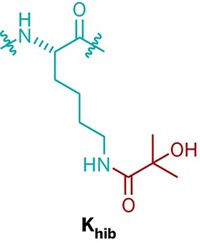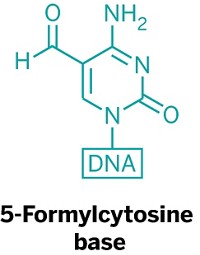Advertisement
Grab your lab coat. Let's get started
Welcome!
Welcome!
Create an account below to get 6 C&EN articles per month, receive newsletters and more - all free.
It seems this is your first time logging in online. Please enter the following information to continue.
As an ACS member you automatically get access to this site. All we need is few more details to create your reading experience.
Not you? Sign in with a different account.
Not you? Sign in with a different account.
ERROR 1
ERROR 1
ERROR 2
ERROR 2
ERROR 2
ERROR 2
ERROR 2
Password and Confirm password must match.
If you have an ACS member number, please enter it here so we can link this account to your membership. (optional)
ERROR 2
ACS values your privacy. By submitting your information, you are gaining access to C&EN and subscribing to our weekly newsletter. We use the information you provide to make your reading experience better, and we will never sell your data to third party members.
Biological Chemistry
Stem Cells Have Unusual Base
by Sarah Everts
July 11, 2011
| A version of this story appeared in
Volume 89, Issue 28
5-Formylcytosine, a novel genetic base, has been discovered in embryonic stem cell DNA. The new base is modified in the same position of cytosine where methyl groups involved in gene silencing are sometimes found (Angew. Chem. Int. Ed., DOI: 10.1002/anie.201103899). Until 2008, only DNA’s four genetic bases—adenine, thymine, guanine, and cytosine—and methylated cytosines—a gene’s “off switch”—were thought to populate the healthy genome of cells. Then 5-hydroxymethylcytosine was found decorating the DNA of a wide variety of cell types. Scientists began racing to determine the exact biological role of this so-called epigenetic mark—a race still in progress. Researchers led by Thomas Carell of Ludwig Maximilian University, in Munich, uncovered 5-formylcytosine, but they haven’t determined its biological role either. Both unusual bases are likely involved in the transformation of a fertilized egg into a pluripotent embryonic stem cell, the researchers believe. “This work is the first step toward addressing this intriguing and important issue,” comments University of Chicago biochemist Chuan He. “Next, the study of the biological roles and fates of 5-formylcytosine will be key to assess its importance.”




Join the conversation
Contact the reporter
Submit a Letter to the Editor for publication
Engage with us on Twitter